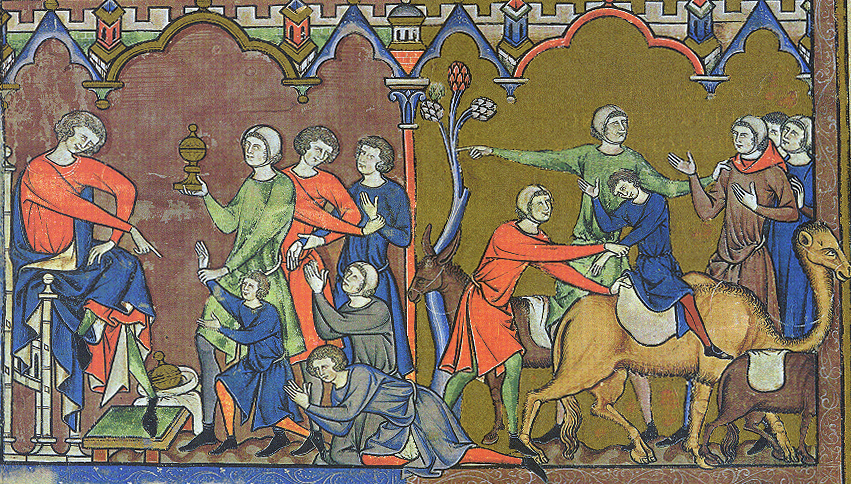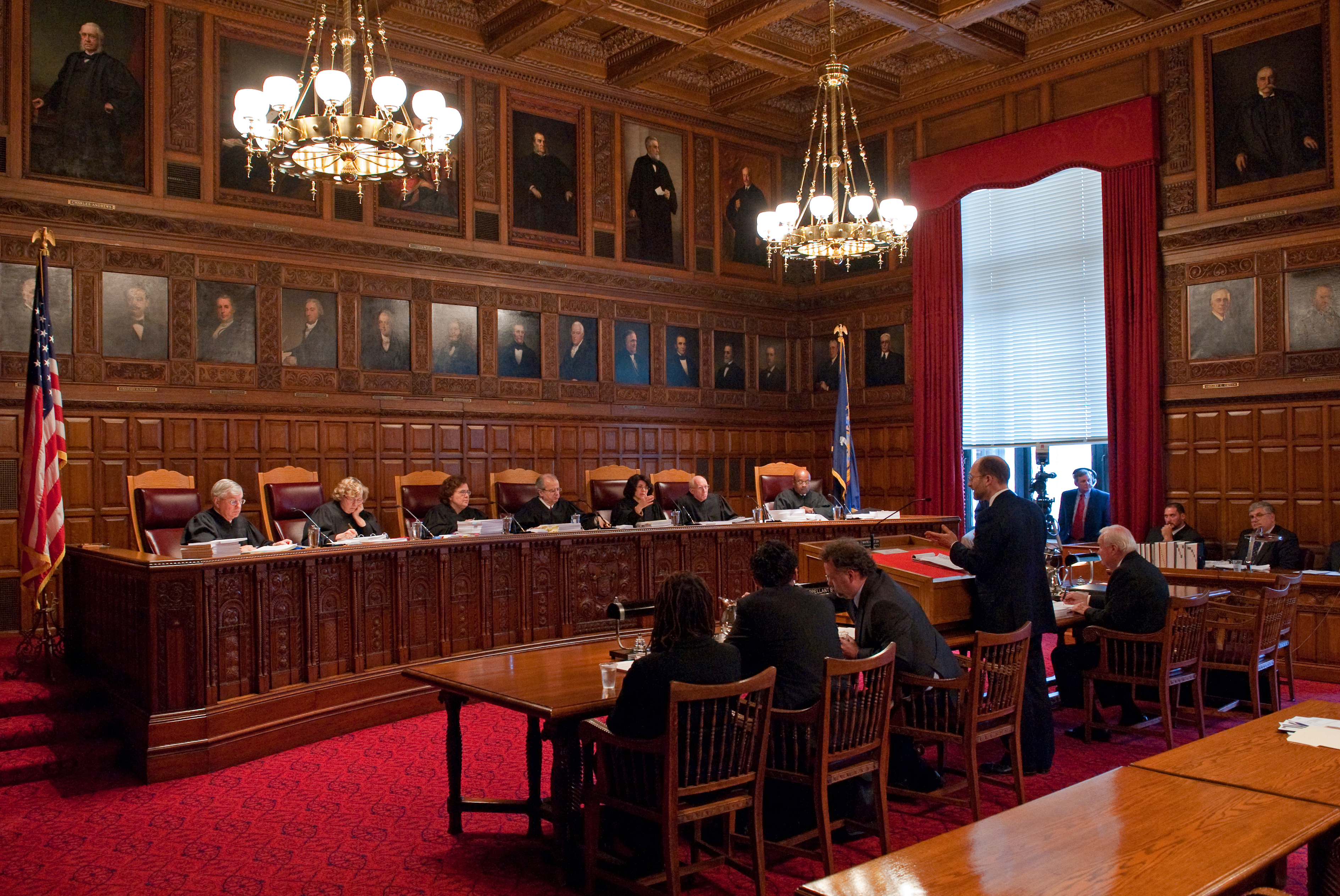|
Rescue Doctrine
In the USA, the rescue doctrine of the law of torts holds that if a tortfeasor A tort is a civil wrong that causes a claimant to suffer loss or harm, resulting in legal liability for the person who commits the tortious act. Tort law can be contrasted with criminal law, which deals with criminal wrongs that are punishable ... creates a circumstance that places the tort victim in danger, the tortfeasor is liable not only for the harm caused to the victim, but also the harm caused to any person injured in an effort to rescue that victim. This doctrine was originally promulgated by Benjamin N. Cardozo in the 1921 case, ''Wagner v. Int'l Ry. Co.'' There, writing for the Court of Appeals of New York (which is the supreme court of that state), Cardozo stated: "Danger invites rescue. The cry of distress is the summons to relief [...] The emergency begets the man. The wrongdoer may not have foreseen the coming of a deliverer. He is accountable as if he had." The rescue doctrine was ... [...More Info...] [...Related Items...] OR: [Wikipedia] [Google] [Baidu] |
Torts
A tort is a civil wrong that causes a claimant to suffer loss or harm, resulting in legal liability for the person who commits the tortious act. Tort law can be contrasted with criminal law, which deals with criminal wrongs that are punishable by the state. While criminal law aims to punish individuals who commit crimes, tort law aims to compensate individuals who suffer harm as a result of the actions of others. Some wrongful acts, such as assault and battery, can result in both a civil lawsuit and a criminal prosecution in countries where the civil and criminal legal systems are separate. Tort law may also be contrasted with contract law, which provides civil remedies after breach of a duty that arises from a contract. Obligations in both tort and criminal law are more fundamental and are imposed regardless of whether the parties have a contract. While tort law in civil law jurisdictions largely derives from Roman law, common law jurisdictions derive their tort law from c ... [...More Info...] [...Related Items...] OR: [Wikipedia] [Google] [Baidu] |
Tortfeasor
A tort is a civil wrong that causes a claimant to suffer loss or harm, resulting in legal liability for the person who commits the tortious act. Tort law can be contrasted with criminal law, which deals with criminal wrongs that are punishable by the state. While criminal law aims to punish individuals who commit crimes, tort law aims to compensate individuals who suffer harm as a result of the actions of others. Some wrongful acts, such as assault and battery, can result in both a civil lawsuit and a criminal prosecution in countries where the civil and criminal legal systems are separate. Tort law may also be contrasted with contract law, which provides civil remedies after breach of a duty that arises from a contract. Obligations in both tort and criminal law are more fundamental and are imposed regardless of whether the parties have a contract. While tort law in civil law jurisdictions largely derives from Roman law, common law jurisdictions derive their tort law from cu ... [...More Info...] [...Related Items...] OR: [Wikipedia] [Google] [Baidu] |
Benjamin N
Benjamin ( he, ''Bīnyāmīn''; "Son of (the) right") blue letter bible: https://www.blueletterbible.org/lexicon/h3225/kjv/wlc/0-1/ H3225 - yāmîn - Strong's Hebrew Lexicon (kjv) was the last of the two sons of Jacob and Rachel (Jacob's thirteenth child and twelfth and youngest son) in Jewish, Christian and Islamic tradition. He was also the progenitor of the Israelite Tribe of Benjamin. Unlike Rachel's first son, Joseph, Benjamin was born in Canaan according to biblical narrative. In the Samaritan Pentateuch, Benjamin's name appears as "Binyamēm" (Samaritan Hebrew: , "son of days"). In the Quran, Benjamin is referred to as a righteous young child, who remained with Jacob when the older brothers plotted against Joseph. Later rabbinic traditions name him as one of four ancient Israelites who died without sin, the other three being Chileab, Jesse and Amram. Name The name is first mentioned in letters from King Sîn-kāšid of Uruk (1801–1771 BC), who called himself “King ... [...More Info...] [...Related Items...] OR: [Wikipedia] [Google] [Baidu] |
Court Of Appeals Of New York
The New York Court of Appeals is the highest court in the Unified Court System of the State of New York. The Court of Appeals consists of seven judges: the Chief Judge and six Associate Judges who are appointed by the Governor and confirmed by the State Senate to 14-year terms. The Chief Judge of the Court of Appeals also heads administration of the state's court system, and thus is also known as the Chief Judge of the State of New York. Its 1842 Neoclassical courthouse is located in New York's capital, Albany. Nomenclature In the Federal court system, and most U.S. states, the court of last resort is known as the "Supreme Court". New York, however, calls its trial and intermediate appellate courts the "Supreme Court", and the court of last resort the Court of Appeals. This sometimes leads to confusion regarding the roles of the respective courts. Further adding to the misunderstanding is New York's terminology for jurists on its top two courts. Those who sit on its su ... [...More Info...] [...Related Items...] OR: [Wikipedia] [Google] [Baidu] |
Supreme Court
A supreme court is the highest court within the hierarchy of courts in most legal jurisdictions. Other descriptions for such courts include court of last resort, apex court, and high (or final) court of appeal. Broadly speaking, the decisions of a supreme court are not subject to further review by any other court. Supreme courts typically function primarily as appellate courts, hearing appeals from decisions of lower trial courts, or from intermediate-level appellate courts. However, not all highest courts are named as such. Civil law states tend not to have a single highest court. Additionally, the highest court in some jurisdictions is not named the "Supreme Court", for example, the High Court of Australia. On the other hand, in some places the court named the "Supreme Court" is not in fact the highest court; examples include the New York Supreme Court, the supreme courts of several Canadian provinces/territories, and the former Supreme Court of Judicature of England and ... [...More Info...] [...Related Items...] OR: [Wikipedia] [Google] [Baidu] |
Fireman's Rule
The fireman's rule (firefighter's rule) is a common law or statutory restriction on tort actions by public safety officials. In general, the fireman's rule bars lawsuits by firefighters, police officers and, in some jurisdictions, all government safety professionals from collecting on damages that occur in the course of their duties even in cases of clear negligence by other parties. Rationale At the most basic, the fireman's rule is based on the principle that public safety officers willingly assume the risks inherent in their duties. Since the very purpose of public safety officers is to confront danger, the public is not liable for injuries incurred while carrying out that function. While the rule is named after the risks and actions by firemen, the relationship between danger and duties is similar in all public safety officers, and other professional rescuers. Criticism The fireman's rule has been heavily criticized for preventing police officers from suing criminals who intenti ... [...More Info...] [...Related Items...] OR: [Wikipedia] [Google] [Baidu] |
Tort Law
A tort is a civil wrong that causes a claimant to suffer loss or harm, resulting in legal liability for the person who commits the tortious act. Tort law can be contrasted with criminal law, which deals with criminal wrongs that are punishable by the state. While criminal law aims to punish individuals who commit crimes, tort law aims to compensate individuals who suffer harm as a result of the actions of others. Some wrongful acts, such as assault and battery, can result in both a civil lawsuit and a criminal prosecution in countries where the civil and criminal legal systems are separate. Tort law may also be contrasted with contract law, which provides civil remedies after breach of a duty that arises from a contract. Obligations in both tort and criminal law are more fundamental and are imposed regardless of whether the parties have a contract. While tort law in civil law jurisdictions largely derives from Roman law, common law jurisdictions derive their tort law from c ... [...More Info...] [...Related Items...] OR: [Wikipedia] [Google] [Baidu] |


